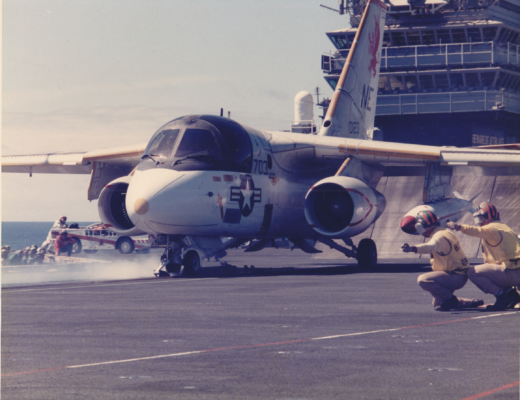A Distressing Accident, A Family Mystery
Interstate Terminus, Train Terminal
As you enter the Savannah, Georgia historic district by car from Interstate 16, the highway terminates at Martin Luther King Jr. Blvd at Gaston Street. On that site (formerly called West Broad Street) once stood a terminus of another kind: Union Station, a grand two-towered railway terminal that was demolished in 1963 to make way for the more modern transportation option. Drawn by opportunity and necessity, many of our ancestors first arrived in Savannah by rail. Our beloved grandfather Leon Harman Grayson (1907-1993) ran a financially unsuccessful law practice in Savannah during the Great Depression before ultimately reversing the process: boarding a train at Savannah’s Union Station bound for Union Station in Washington D.C., where he had been offered a job in Franklin D. Roosevelt‘s Justice Department. His new bride Mary Bell Grayson followed him soon thereafter. Beyond brief visits, Leon and Mary never returned.

Family Ties
Leon’s paternal grandfather was Edward F.R. Grayson (1847-1901), a machinist and self-described “engine builder” at the Central of Georgia Railroad (C.R.R.), which employed dozens of our relatives over the years. Edward was the oldest child in (what began as) a large working-class family headed by John Langston Grayson (1817-1869), a printer who only eked out a living. Few of his children were destined to live into adulthood.
Before Savannah’s Union Station was built – and long before the highways came – working class families made their homes along West Broad Street. In an 1867 city directory John L. Grayson’s family residence was listed as “W side W Broad bet Minis and Roberts Sts.” This location is illustrated in blue below.

Early Deaths and Exotic Causes
It appears at least nine children were born to John L. and Amelia Hale Grayson (1829-1910). Infant Frances died of “spasms” at eight days old in 1851. Seven year-old Alexander died of “lock-jaw” in 1859. An unnamed “Grayson Infant” was buried in the Laurel Grove Cemetery family plot in July 1860. William was only eleven months old when he died from “inflamation brain” in October 1862, followed ten short days later by thirteen year-old sister Electra Ann due to “worm affections.” The three surviving children were Edward, John G. (born 1854), and Henrietta (1857), later to be joined by Nathaniel in 1864. In March of 1869, John L. Grayson died at age 52 of “Phthisis Pulmonalis.” His widow Amelia had just “celebrated” her 40th birthday.
To add to her life of tragedy, her son John G. Grayson died at age 38 from “scalds, RR accident.” He left a wife and four children, one still a babe-in-arms. For posterity, John’s widow had etched on his tombstone, “My beloved husband who died at the throttle while in the discharge of his duty as engineer on C.R.R.”
Distressing Accident – Family Mystery

Could one woman bear more? Apparently, she would be forced to. Amelia had been a widow for less than a year when a “distressing accident” occurred to her unnamed five year-old son “in his front yard” from which it was “thought the child cannot recover.”
Further research revealed there is no entry in the Savannah Health Officer’s log referring to a young shooting victim in December 1869. In addition, the Grayson family plot at Laurel Grove – the burial location of at least eighteen family members – does not contain remains that would answer to a similar description and timeline, at least not according to the cemetery records.
Nathaniel was five in 1869. Was it Nathaniel that was shot? A number of sources agree that he lived into his 60s and had at least four children. Did he survive the shooting despite the dire prediction?
Alternately, could Nathaniel have had a twin, a tenth Grayson child? His grandfather, U.S. Navy Captain and War of 1812 veteran John Robinson Grayson (1789-1822) had a twin brother, so it ran in the family.
Fatal Termination

The Savannah Morning News of Dec 3 gives us a partial – and tragic – answer. “The little son of Mr. Grayson… died yesterday afternoon.” It seems there WAS a tenth child, probably Nathaniel’s twin. If so, what was his name? Why is his death not listed in the Health Officer’s log? Where is he buried? These mysteries remain unsolved. What’s clear is this “distressing accident,” one of many distressing incidents in the lives of our 19th century working-class ancestors, sadly had a “Fatal Termination.” It is somehow fitting, occurring as it did on the site of two future terminus-es (termini?), one hundred fifty years ago this December.
Image of Savannah Union Station by architect Frank P. Milburn from a self-published book of his work dated 1901 via wikimedia commons
Savannah Map (detail) from G.A. Gregory, “Savannah and Surroundings” 1890, Savannah Morning News.





No Comments